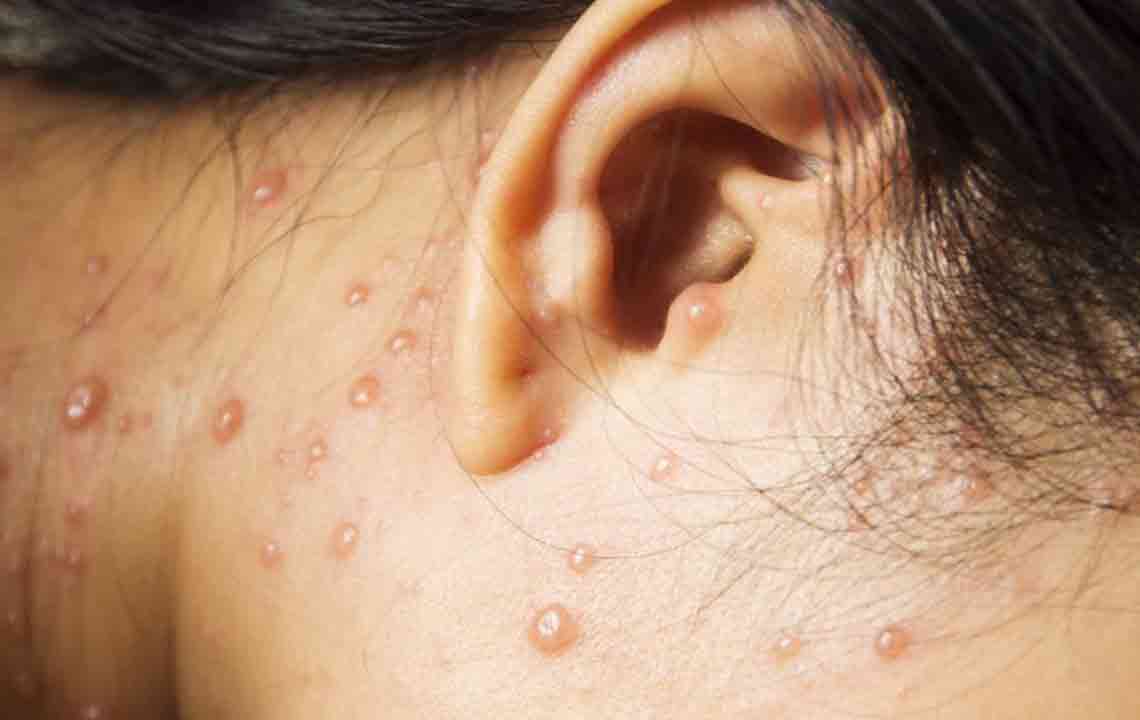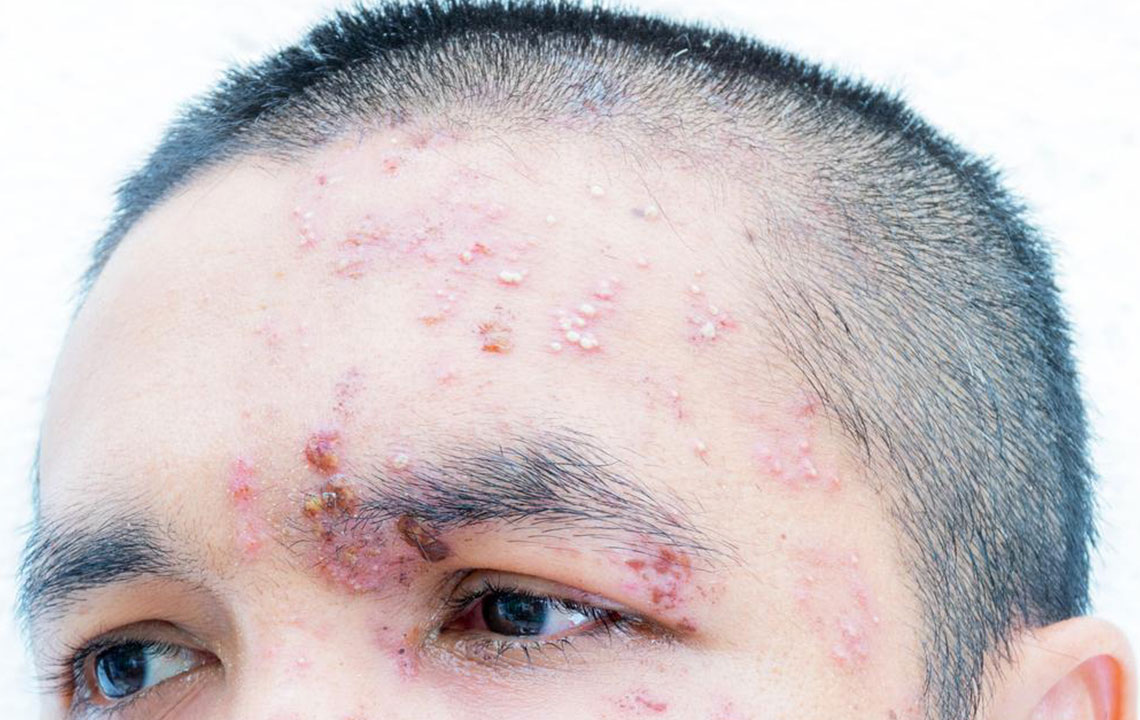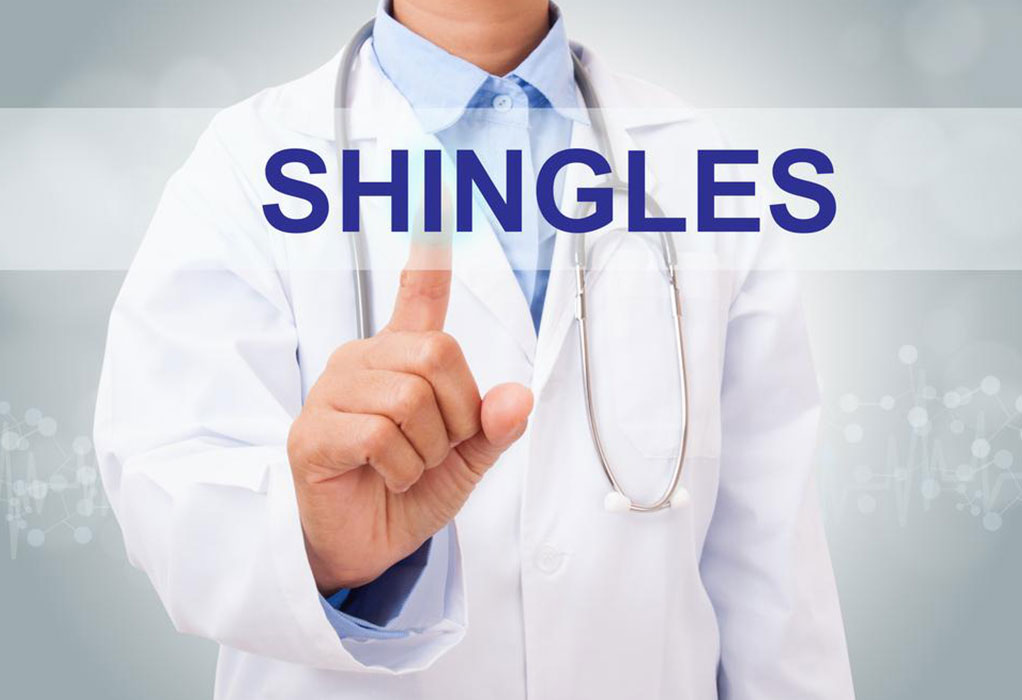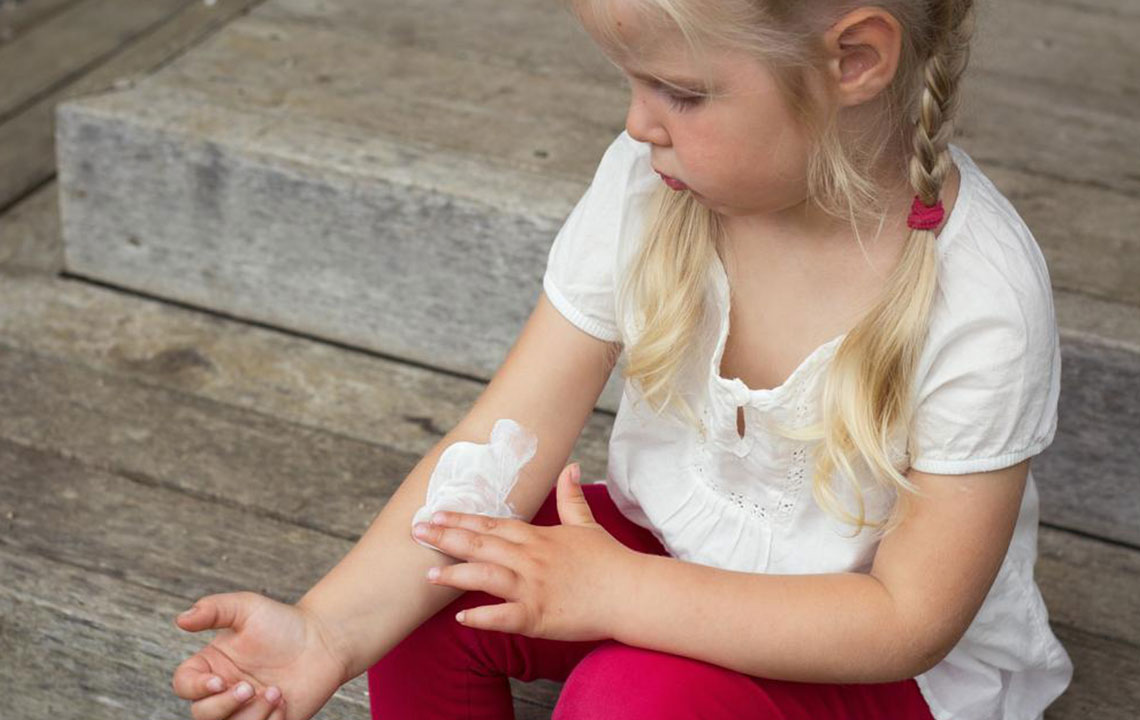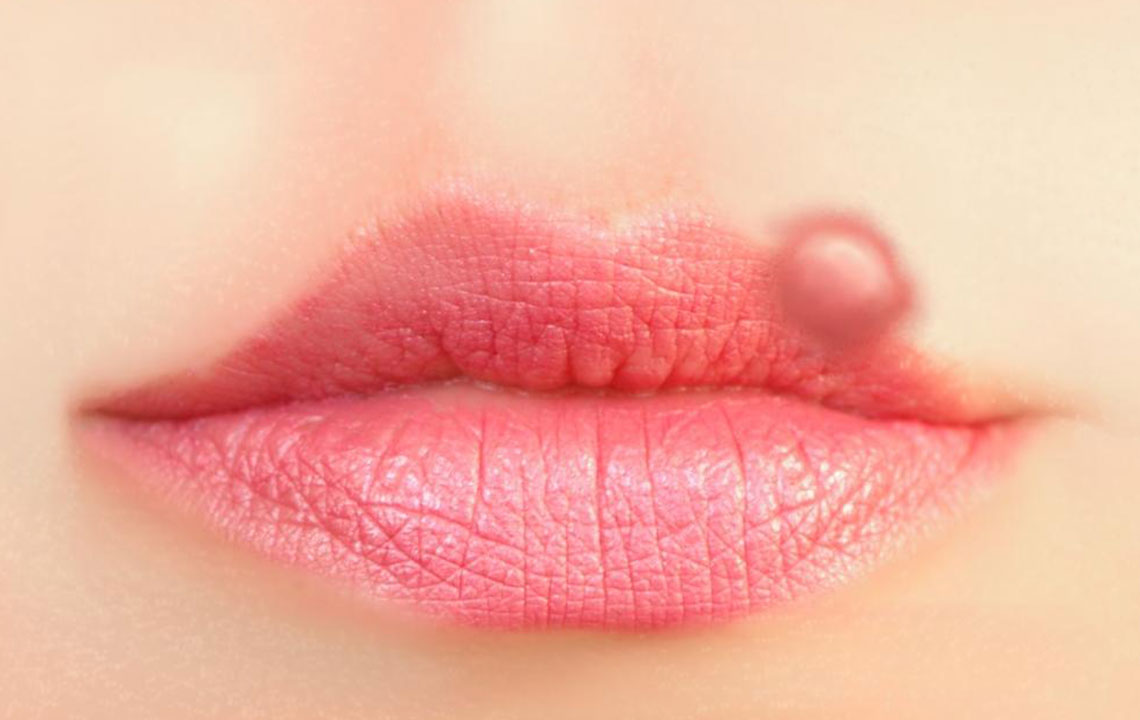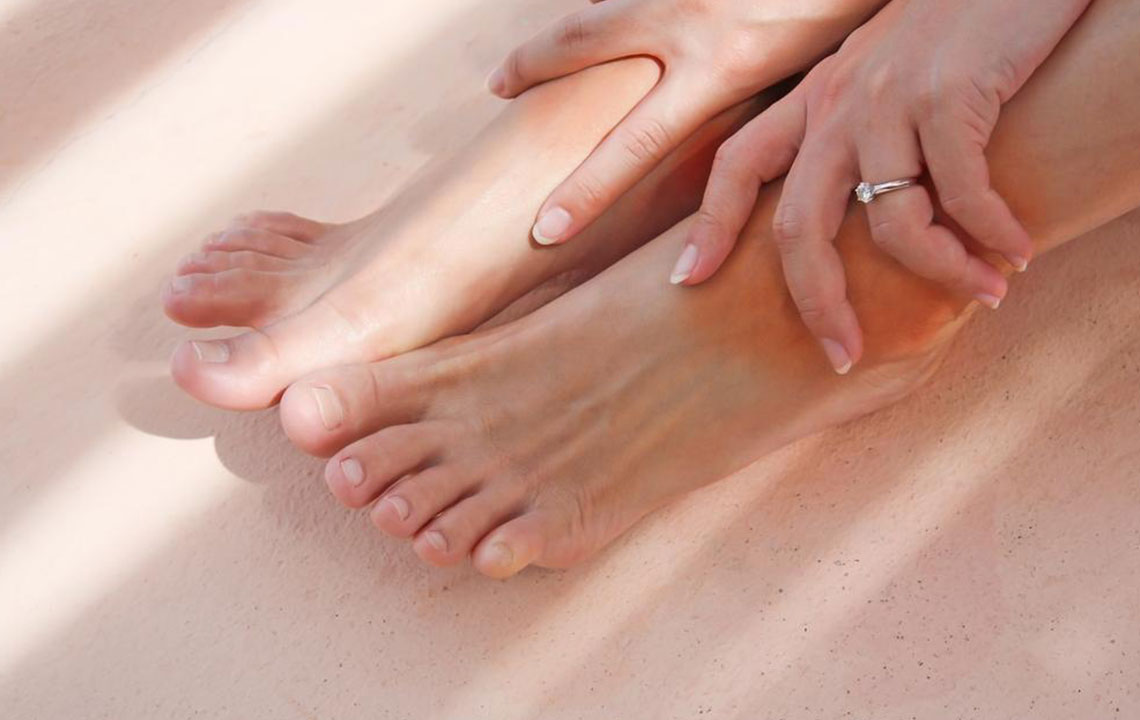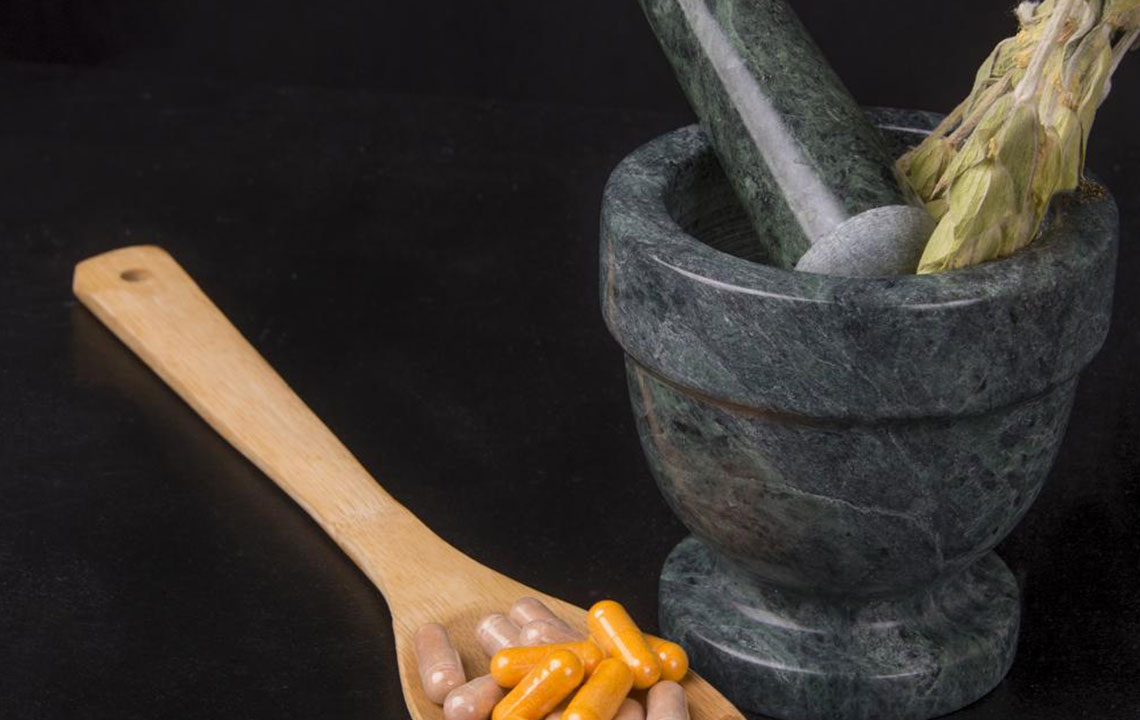Understanding Shingles: Symptoms and Treatment Strategies
Explore the symptoms and effective treatment options for shingles, a viral condition with painful rashes. Learn about managing pain through home remedies and when to seek medical care for better recovery. This comprehensive guide highlights ways to alleviate discomfort and promote healing quickly.

Understanding Shingles: Symptoms and Treatment Strategies
Shingles is a viral condition characterized by a painful skin rash. It results from the reactivation of the Varicella Zoster virus, which also causes chickenpox. After initial infection, the virus becomes dormant in nerve tissues near the spinal cord or brain and can reactivate years later, especially in older adults or those with weakened immune defenses. Usually affecting specific areas on the face or body in a strip or clustered pattern, shingles causes pain, burning, and tingling sensations. Sometimes, a red rash or blisters appear, which can crust over and cause itching.
Is Shingles Contagious?
While shingles itself is not highly contagious, the virus can spread from a person with a shingles rash to someone who hasn't had chickenpox or isn't vaccinated. Transmission occurs through direct contact with the rash, not through airborne routes. Severity of symptoms varies; some experience intense pain without noticeable rash, making early detection essential.
Recognizing Symptoms of Shingles
Typically, shingles affects one side of the body, causing sensations of pain, burning, or numbness. A red rash emerges after initial symptoms, sometimes accompanied by fluid-filled blisters that crust over. Additional signs may include fever, fatigue, headache, and light sensitivity. The pain often leads to confusion with other conditions such as kidney or heart issues. Proper diagnosis and prompt treatment are vital for effective recovery.
Effective Strategies for Managing Shingles Pain
Avoid scratching or irritating the blisters: Keeping the affected area untouched prevents secondary infections and promotes natural healing.
Use cold compresses and soothing lotions: Applying moist, cool compresses and lotions like calamine can alleviate discomfort.
Speed up healing with natural remedies: Applying baking soda or cornstarch can help dry out sores faster. Soaking crusted lesions in water or Burow’s solution reduces oozing and soothes the skin.
Home remedies for pain relief: Covering rashes with Vaseline or petroleum jelly helps prevent irritation. Alternatives like apple cider vinegar, honey, coconut oil, and a diet rich in vitamin C may offer additional relief.
Consult healthcare professionals: For severe pain or extensive rash, a doctor may prescribe topical creams, antiviral medications, or pain relievers. Accurate medication use is crucial—disclose all current drugs to avoid adverse interactions. Sometimes, postherpetic neuralgia persists, requiring persistent pain management over weeks or months.
Note:
Our articles provide general health information. They are not substitutes for professional medical advice. Always consult your healthcare provider for diagnosis and proper treatment options. We are not responsible for any inaccuracies or differences in other sources. Remember, individual cases may vary, and personalized medical guidance is essential.

